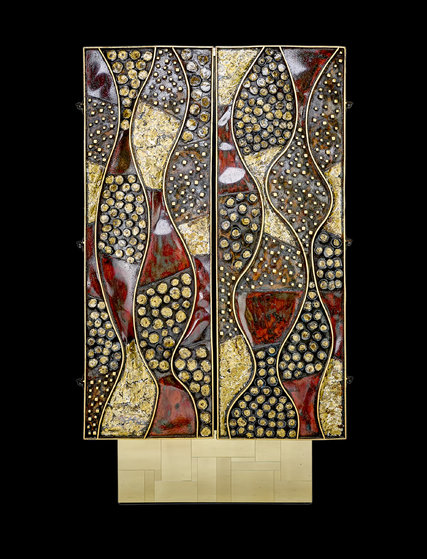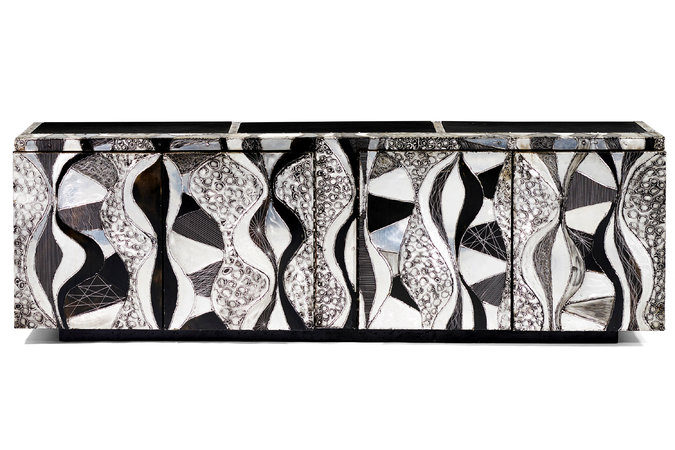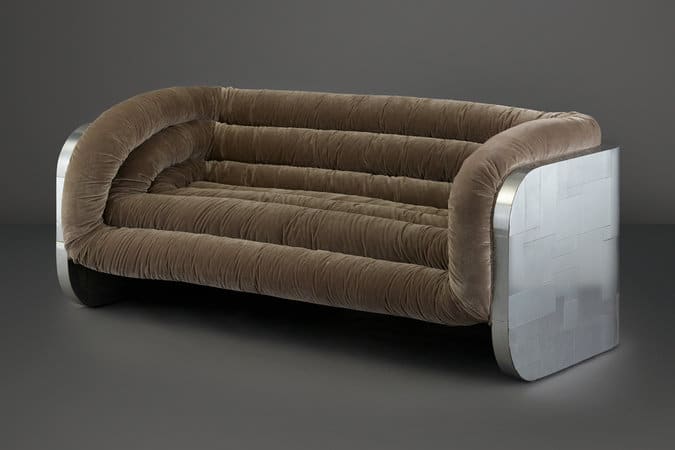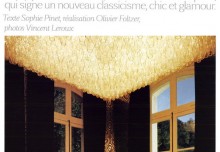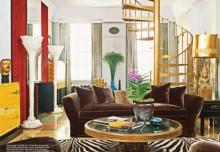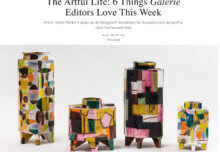Is This Cabinet Worth $500,000?
Perhaps the most remarkable thing about the furniture designer Paul Evans’s posthumous ascent is not that he has gone from dustbin to deified over the last decade, or that his work has been collected by big names like Gwen Stefani, Lenny Kravitz and Tommy Hilfiger.
It is that his signature pieces — 1960s credenzas that look as if they are encrusted with barnacles — have been met with turned-up noses and occasional disgust from the most powerful people in the design world.
J. F. Chen and Wyeth, arguably the country’s two leading galleries for midcentury modern design, have practically made a point of ignoring Mr. Evans, even as his offbeat works break auction records.
“I have two Evans pieces in my showroom, and neither of them look like Evans,” said Mr. Chen, speaking from his office in Los Angeles. “It’s not my thing.”


